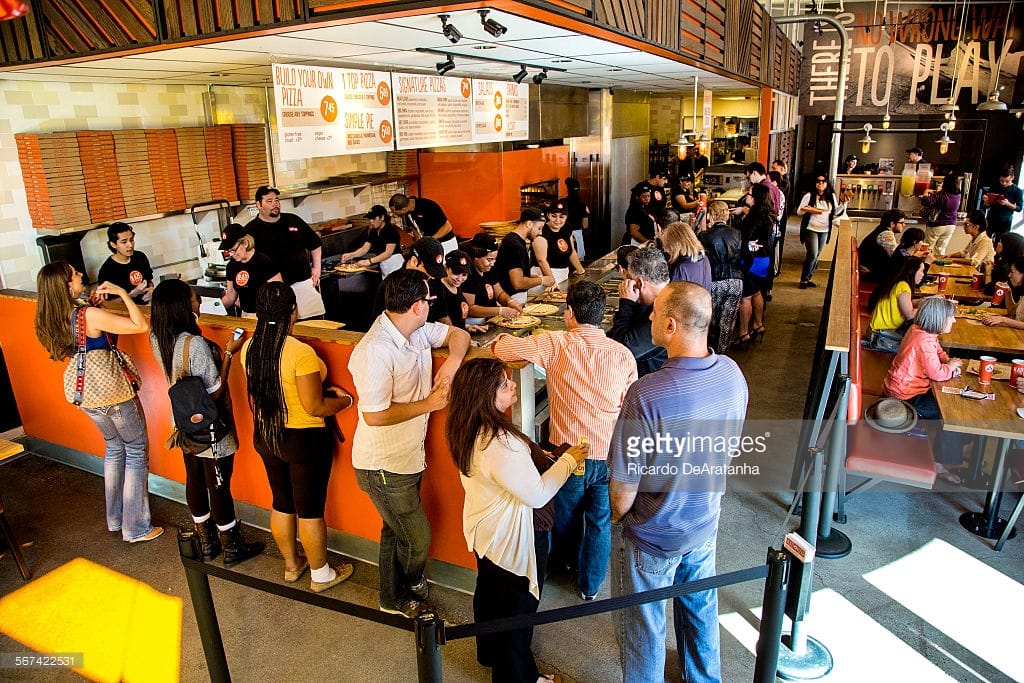The U.S. Fast Food Restaurants Industry is Expected to Earn Revenue of $227.5 billion in 201612/20/2016 NEW YORK -- Over the past five years, the Fast Food Restaurants industry has struggled with consumer preferences moving away from unhealthy foods and a saturated food service landscape that has kept prices low. Compared with other operators in the hospitality sector, fast food restaurants performed relatively well during the early half of the last five-year period due to their low price points and the extra convenience they offer.
Also read, Fast-food sales up in Alberta while full-service restaurants struggle. However, heavy competition from other segments in the food services sector has forced fast food operators to emphasize low prices in a continuing battle to attract consumers. Over the past five years, consumer eating habits have changed as people have become increasingly health conscious and demanded alternatives to traditional greasy fast food options. The top four players in the Fast Food Restaurants industry are expected to account for 33.9% of available market share, giving this industry a low level of concentration. Given the diversity of food styles and operations, nearly 48.0% of establishments are small-business operators that have nine or fewer employees. An additional 55.0% of establishments have between 10 and 99 employees. Over time, the industry's concentration has decreased. As many of the older stalwarts lose ground to up-and-coming concepts, such as smaller chains like Chick-fil-A, as well as fast-casual concepts such as Shake Shack, are gaining ground, as sales have faltered for larger competitors. Compared with other operators in the hospitality sector, fast food restaurants performed relatively well in the early half of the five years to 2016 due to their low price points and the extra convenience they offer. While heavy competition from other segments in the food services sector has forced fast food operators to emphasize low prices in a continuing battle to attract consumers, steady consumer spending has softened revenue losses over the period. As a result, industry revenue is expected to grow an annualized 2.7% to $227.5 billion over the five years to 2016. Industry growth is expected to slow over the next five years as the domestic economy continues to improve, but consumer confidence is expected to falter somewhat, thanks to the current volatile global economy. While no severe revenue declines are expected, fast food restaurants will continue to operate in a slow-growth environment because many segments of the industry have reached a saturation point. Further, consumers will continue to seek healthy and convenient meal options. According to IBISWorld Industry Analyst Andrew Alvarez, "Successful operators will need to adapt to changing consumer preferences as the traditional concept of fast food evolves to include a wider variety of options." Competition will keep prices low, cutting into overall growth over the next five years. For the full report, visit IBISWorld's Fast Food Restaurants in the U.S. industry report page. SOURCE IBISWorld
0 Comments
Leave a Reply. |
Advertisement
News & Updates
Stay informed with the latest news around foodservice, agriculture and other related food news. Advertisement Opportunities
|


 RSS Feed
RSS Feed


